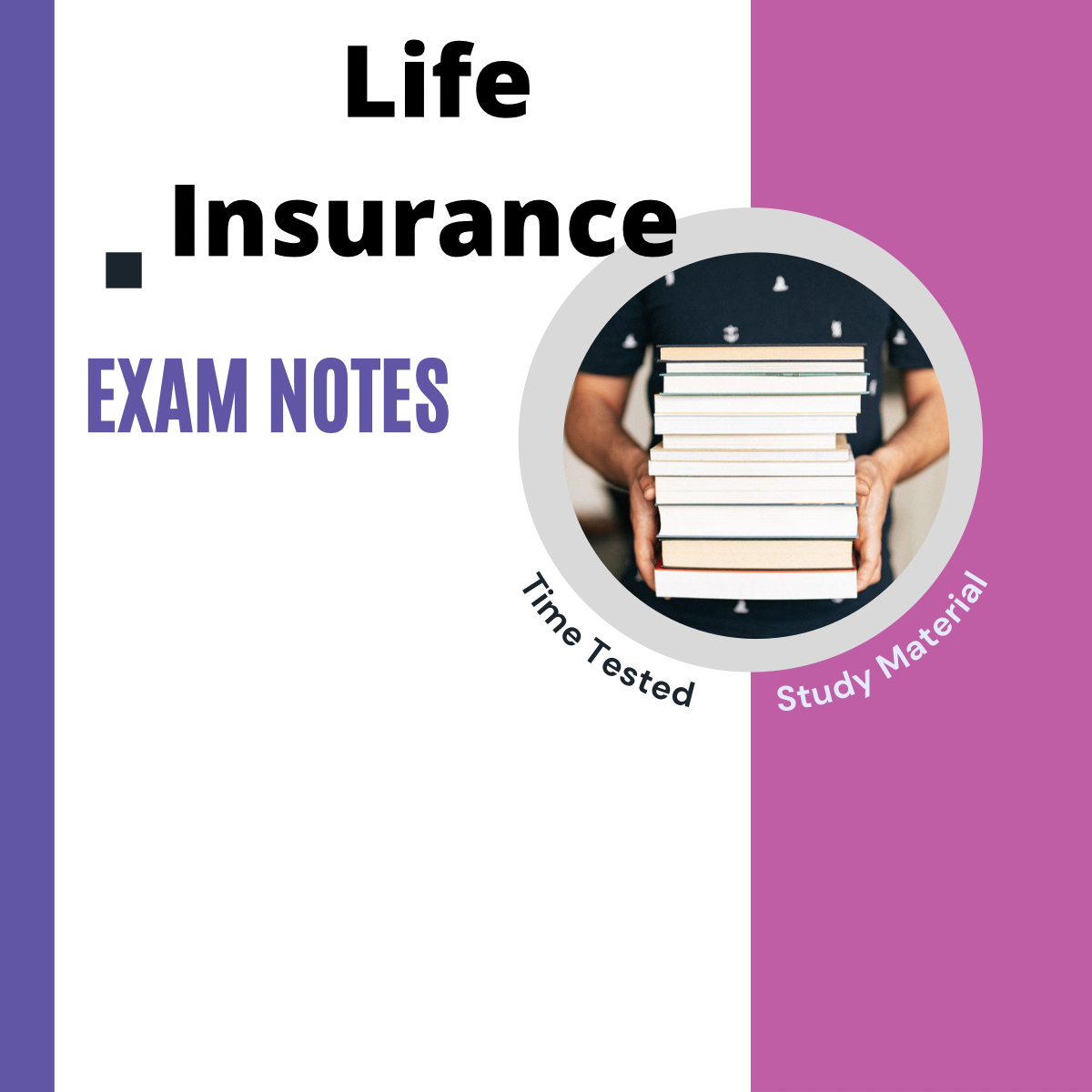Pacific Prime Can Be Fun For Everyone
Pacific Prime Can Be Fun For Everyone
Blog Article
Our Pacific Prime Diaries
Table of ContentsThe Basic Principles Of Pacific Prime The 8-Minute Rule for Pacific PrimePacific Prime for DummiesExcitement About Pacific PrimePacific Prime for Beginners

This is due to the fact that the data were accumulated for a period of solid economic performance. Of the approximated 42 million people that were uninsured, all yet about 420,000 (about 1 percent) were under 65 years of age, the age at which most Americans end up being eligible for Medicare; 32 million were adults between ages 18 and 65, around 19 percent of all adults in this age group; and 10 million were youngsters under 18 years old, regarding 13.9 percent of all kids (Mills, 2000).
These quotes of the variety of individuals uninsured are produced from the annual March Supplement to the Current Populace Study (CPS), carried out by the Census Bureau. Unless otherwise kept in mind, national quotes of individuals without medical insurance and proportions of the populace with different kinds of insurance coverage are based upon the CPS, the most commonly used resource of price quotes of insurance policy coverage and uninsurance rates.
The 10-Minute Rule for Pacific Prime

Still, the CPS is specifically beneficial because it creates yearly quotes reasonably quickly, reporting the previous year's insurance coverage approximates each September, and due to the fact that it is the basis for a constant collection of price quotes for more than twenty years, enabling evaluation of trends in coverage in time. For these factors, along with the considerable use the CPS in other research studies of insurance protection that are offered in this record, we rely upon CPS price quotes, with limitations noted.

The price quote of the number of without insurance people broadens when a populace's insurance policy status is tracked for several years. Over a three-year period beginning early in 1993, 72 million people, 29 percent of the U.S. https://www.metal-archives.com/users/pacificpr1me. population, were without coverage for at the very least one month. Within a single year (1994 ), 53 million people experienced a minimum of a month without insurance coverage (Bennefield, 1998a)
Six out of every ten uninsured grownups are themselves used. Although functioning does boost the likelihood that a person and one's relative will have insurance coverage, it is not a guarantee. Also participants of family members with 2 permanent breadwinner have almost a one-in-ten chance of being uninsured (9.1 percent without insurance rate) (Hoffman and Pohl, 2000).
Pacific Prime - Questions
New immigrants make up a significant percentage of people without medical insurance. One evaluation has actually connected a substantial part of the recent development in the dimension of the united state uninsured population to immigrants who got here in the country in between 1994 and 1998 (Camarota and Edwards, 2000). Current immigrants (those that came to the USA within the past four years) do have a high price of being without insurance (46 percent), but they and their children make up just 6 percent of those without insurance nationally (Holahan et al., 2001).
The connection in between medical insurance and access to care is well established, as documented later in this chapter. Although the partnership in between medical insurance and health outcomes is neither direct nor basic, an extensive clinical and health and wellness solutions research study literary works web links medical insurance coverage to better accessibility to care, better top quality, and enhanced individual and populace health condition.
Degrees of evaluation for taking a look at the impacts of uninsurance. It focuses especially on those without any type of wellness insurance for any size of time.
Excitement About Pacific Prime
The issues faced by the underinsured are in some areas similar to those encountered by the uninsured, although they are typically less extreme. Health and wellness insurance coverage, however, is neither required nor sufficient to acquire access to medical solutions. The independent and straight impact of health insurance policy protection on access to health services is well developed.
Others will certainly obtain the wellness care they need even without medical insurance, by spending for it out of pocket or seeking it from suppliers that use care totally free or at extremely subsidized prices. For still others, health and wellness insurance policy alone does not ensure invoice of treatment as a result of various other nonfinancial barriers, such as a lack of health and wellness care service providers in their neighborhood, restricted access to transport, illiteracy, or linguistic and cultural distinctions.
Little Known Questions About Pacific Prime.
Formal research study concerning uninsured populaces in the United States dates to the late 1920s and early 1930s when try this site the Board on the Cost of Medical Care generated a collection of records about financing physician workplace sees and hospitalizations. This issue came to be prominent as the varieties of clinically indigent climbed up during the Great Depression.
Report this page